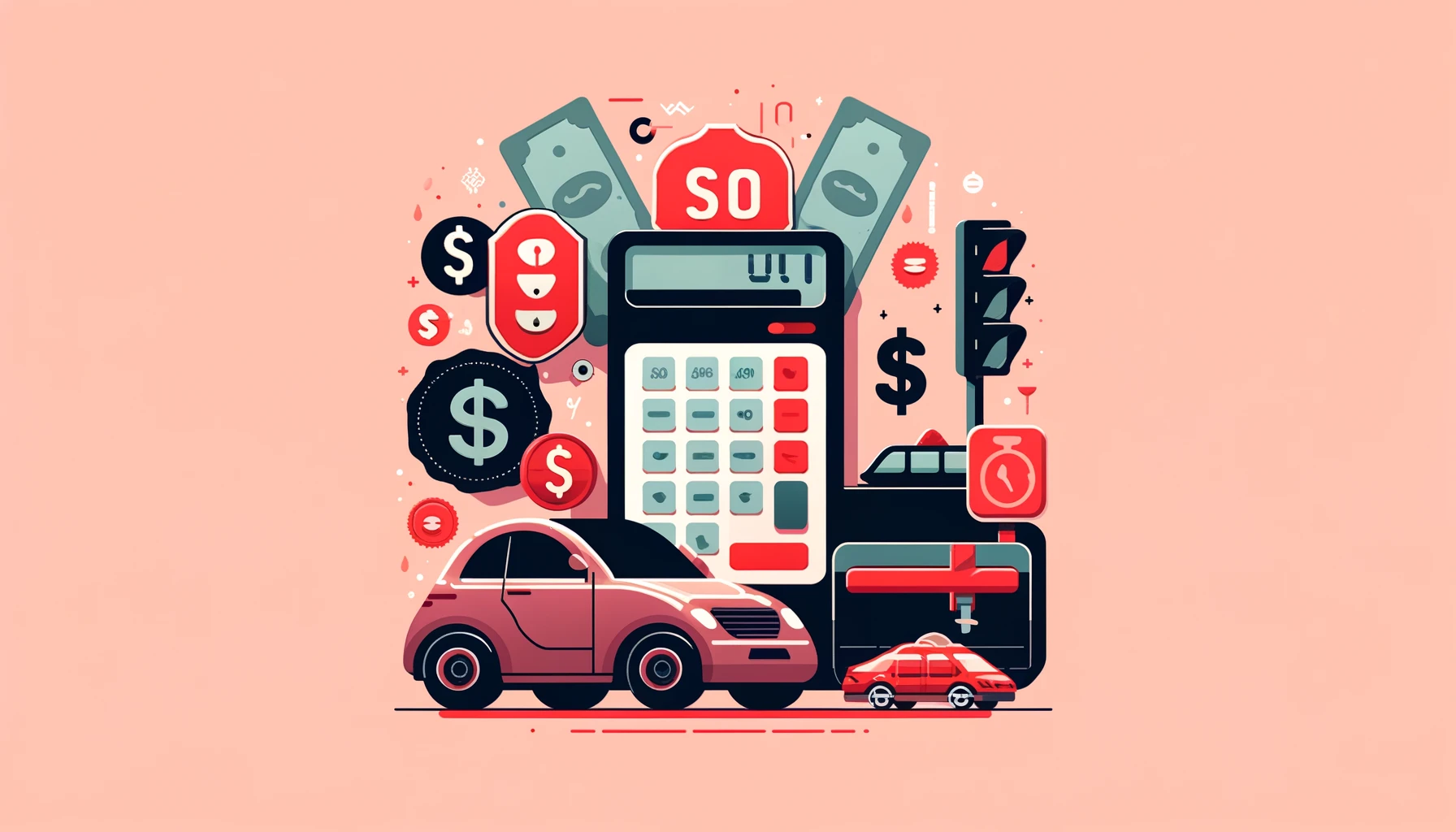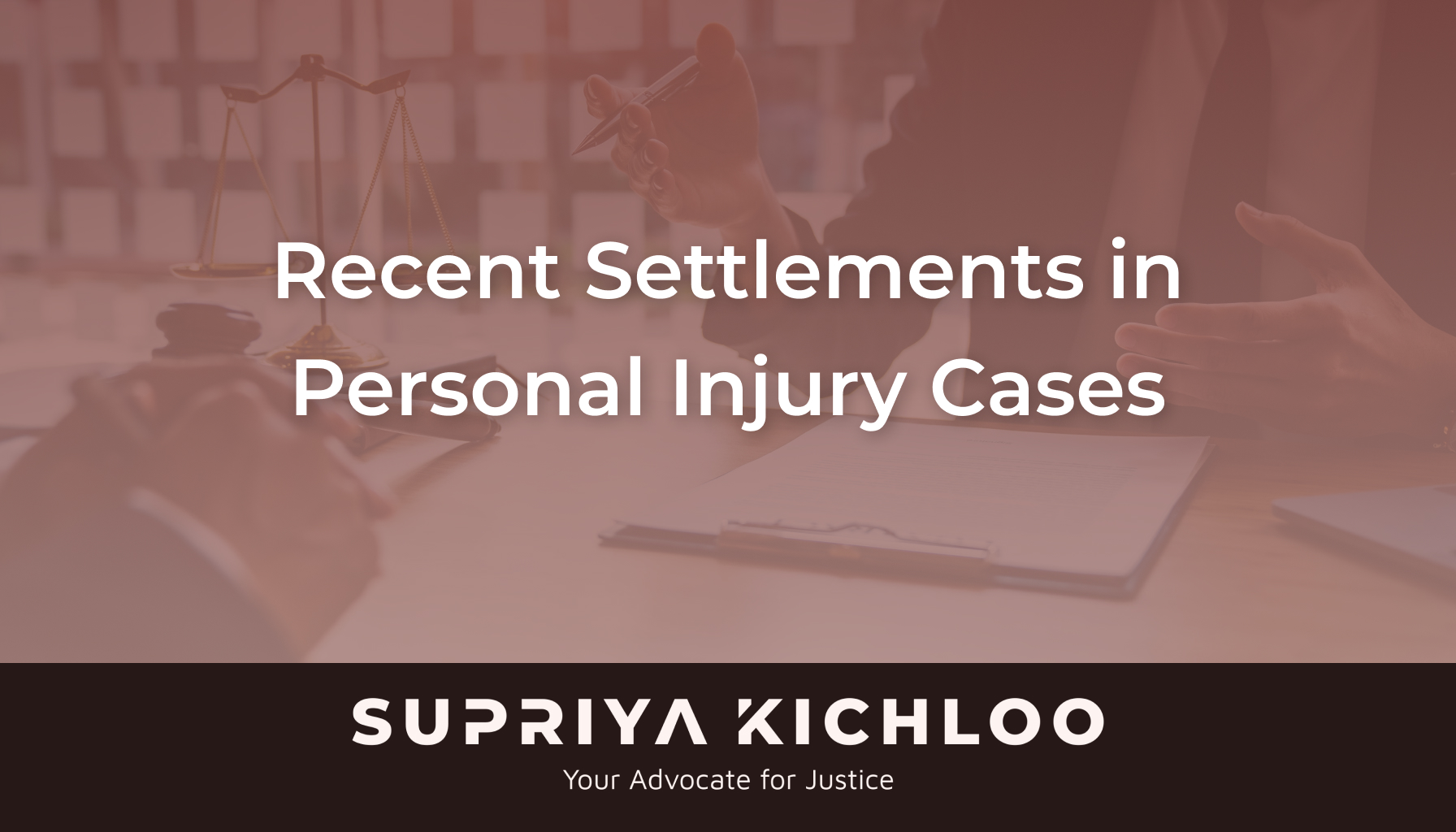When you are injured in an accident in New York, your losses go far beyond medical bills and lost wages. The physical pain, emotional distress, and changes to your daily life can also take a lasting toll. In personal injury cases, this type of harm is known as “pain and suffering”—and it can be grounds for additional compensation.
In this blog post, we’ll explain how these damages work, look at pain and suffering settlement examples, and discuss how a skilled attorney can help you pursue full compensation.
What Are Pain and Suffering Damages?
Pain and suffering damages are a type of noneconomic compensation available in personal injury cases. Unlike economic damages due to medical bills or lost income, which are easy to calculate with receipts or paystubs, damages for pain and suffering reflect the intangible impact of an injury.
Pain and suffering damages often account for things like:
- Physical discomfort and chronic pain;
- Emotional trauma, anxiety, or depression;
- Loss of enjoyment of life;
- Sleep disturbances;
- Difficulty maintaining relationships; and
- Long-term mental health effects.
Every person experiences injury differently, so pain and suffering damages must be evaluated on a case-by-case basis.
How Is Pain and Suffering Calculated?
This is one of the most common questions clients ask after an injury. In New York, there is no fixed formula. However, insurers and attorneys often use one of two approaches:
- Multiplier method. This method multiplies the total economic damages (such as medical bills and lost wages) by a number between 1.5 and 5, depending on the severity of the injury. More serious, long-lasting injuries typically receive higher multipliers.
- Per diem method. This assigns a daily dollar value to the injured person’s suffering and multiplies it by the number of days they are expected to experience pain. The daily rate is usually based on the person’s wages or a reasonable estimate.
These methods are just guidelines. Ultimately, the final value is influenced by many factors. It’s best to consult with a knowledgeable personal injury attorney to understand what factors apply to your situation.
Factors That Influence Pain and Suffering Settlements
The following are some key factors that play a role in determining how much you may receive for pain and suffering in a settlement.
Severity of the Injury
More serious injuries—such as major fractures, spinal trauma, or permanent disability—often result in higher pain and suffering awards because they affect every aspect of a person’s life, from basic movement to emotional well-being.
Length of Recovery
A lengthy or incomplete recovery—especially one that spans months or years—can demonstrate prolonged hardship. Extended healing time also disrupts daily routines and prolongs stress, which supports a larger settlement.
Type of Medical Treatment
Invasive treatments like surgery, ongoing physical therapy, or injections often signal a higher level of physical suffering. The intensity and duration of medical care often help show the scope of pain a victim has endured. For that reason, the type of treatment you receive can also influence the value of a settlement.
Impact on Daily Life
Injuries that significantly disrupt your daily life can add weight to your claim for noneconomic damages. For example, if your injury prevents you from caring for your children, working, preparing meals, or even walking independently, you could have a stronger claim for compensation than someone who can resume most of their regular activities.
Credibility and Documentation
Judges and insurers are more likely to award higher compensation when there is strong supporting evidence. Medical records, therapist reports, and consistent journal entries can all help demonstrate the legitimacy of your claim.
Jury Trends in Your Area
New York courts vary by borough. Some areas are more sympathetic to injury victims and tend to award higher damages, while others are more conservative. These local trends often shape the settlement offers you receive.
Pain and Suffering Settlement Examples
To help you understand how pain and suffering might be valued in different situations, here are a few fictional pain and suffering settlement examples based on typical personal injury scenarios.
Car Accident Involving Neck and Back Injuries
Imagine a 38-year-old office worker is rear-ended at a red light. They suffer whiplash and a lower back injury that requires physical therapy for several months. Although they return to work part-time, they continue to struggle with discomfort and stiffness. In a case like this, pain and suffering might be calculated based on the length of recovery and their ongoing limitations.
Slip and Fall in a Grocery Store
Consider a restaurant worker who slips on an unmarked wet floor and fractures their wrist. After surgery and a three-month recovery, they are left with limited movement and can no longer perform some job duties, potentially permanently. In this case, a pain and suffering settlement could reflect both the physical recovery and the emotional impact of their reduced earning capacity.
Pedestrian Hit in a Crosswalk
A 62-year-old man is struck by a delivery van while crossing the street. He sustains broken ribs, a concussion, and significant emotional trauma. Even after his physical injuries heal, he continues to experience anxiety when walking in public. A claim like this could include pain and suffering damages tied to both physical pain and psychological harm.
These fictional examples demonstrate how different types of injuries and recovery timelines can affect pain and suffering awards. While no settlement can erase the experience, compensation can provide meaningful support on your path to healing.
Proving Pain and Suffering in a Personal Injury Claim
Insurance companies often try to minimize pain and suffering in a settlement. That’s why it’s essential to have strong evidence. Here are some ways to support your claim:
- Medical documentation. Keep records of all treatments, diagnoses, and prescriptions related to your injury.
- Photos and videos. Capture visual evidence of your injuries, limited mobility, or changes in your appearance.
- Journal entries. Write down your symptoms, pain levels, and how your life has changed day to day.
- Mental health records. Gather notes from therapy or counseling sessions that can show emotional trauma.
- Witness statements. Identify family, friends, and coworkers who can describe how the injury has affected your life and personality.
Pain and suffering may be relatively intangible, but that does not make it any less real. Your lawyer can help gather and present this evidence effectively—however, it’s crucial to take action sooner rather than later. If you miss the deadline for pursuing a personal injury claim in New York, you could lose your opportunity to recover compensation altogether.
Why You Need a Lawyer to Maximize Pain and Suffering Damages
Insurance companies have teams of professionals working to help them keep payouts low. Without an advocate on your side, it’s easy to settle for less than you deserve.
At the Law Offices of Supriya Kichloo, P.C., we help injury victims navigate the complex process of securing fair settlements. We strive to:
- Work closely with you. You will speak directly with Supriya, not a case manager or assistant.
- Understand your culture. We know how deeply pain and injury affect not only the individual but their family and community. We speak Hindi, Kashmiri, and English.
- Fight for fair results. With nearly a decade of personal injury experience, Supriya builds strong cases designed to strive for the highest possible settlement.
- Take no upfront fees. We only get paid if you win.
Whether you are recovering from a car accident, a fall, or another injury, we are here to stand by your side and ensure your pain is acknowledged.
Let Us Help You Pursue the Compensation You Deserve
If you are wondering how pain and suffering damages work or need help understanding your case’s potential value, contact the Law Offices of Supriya Kichloo today. We take time to explain each part of your case and fight to make sure your pain and suffering is valued, not overlooked. With a decade-long track record of successfully serving New York’s South Asian and immigrant communities, we are prepared to guide you through every step of the legal process and fight to recover everything you are owed. Contact us today to schedule a free consultation.


